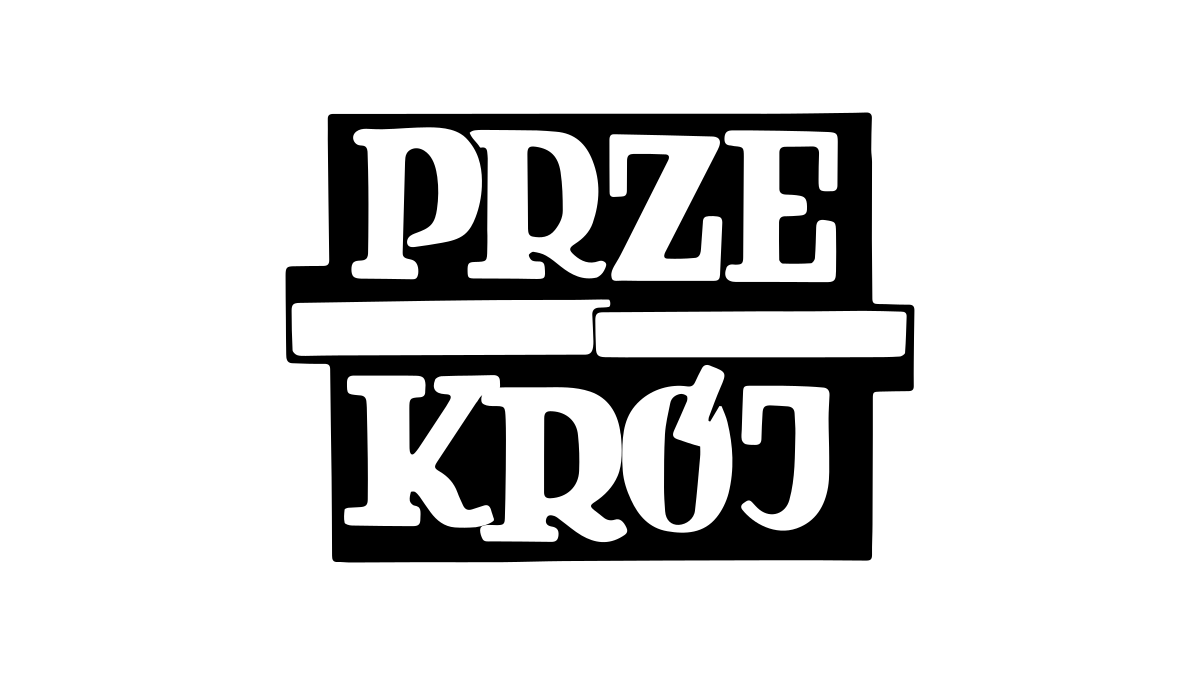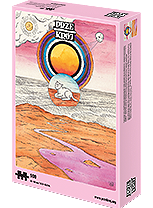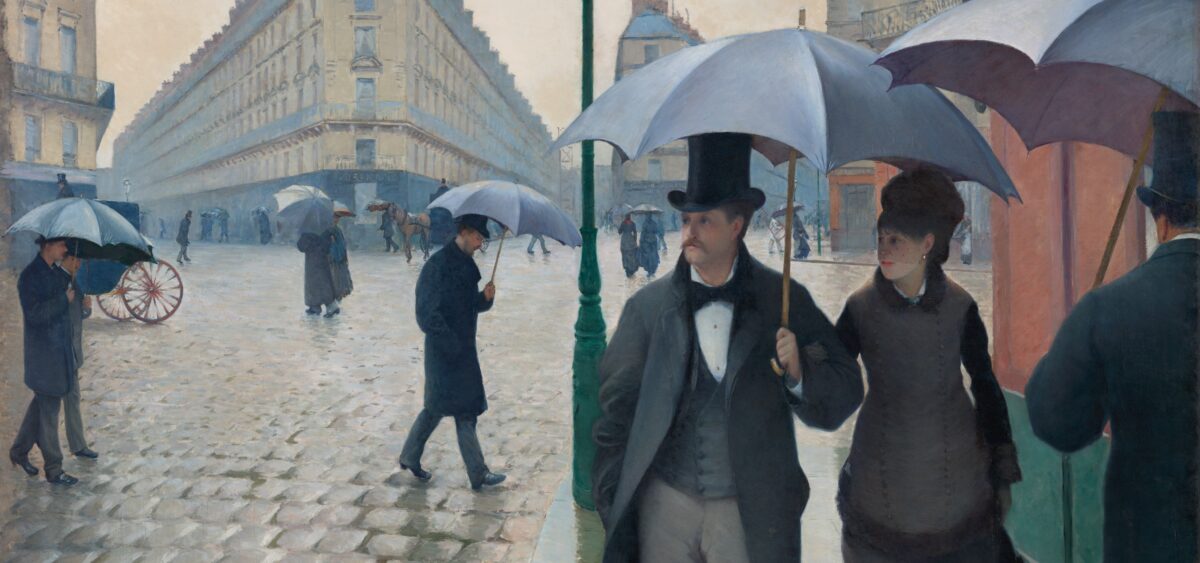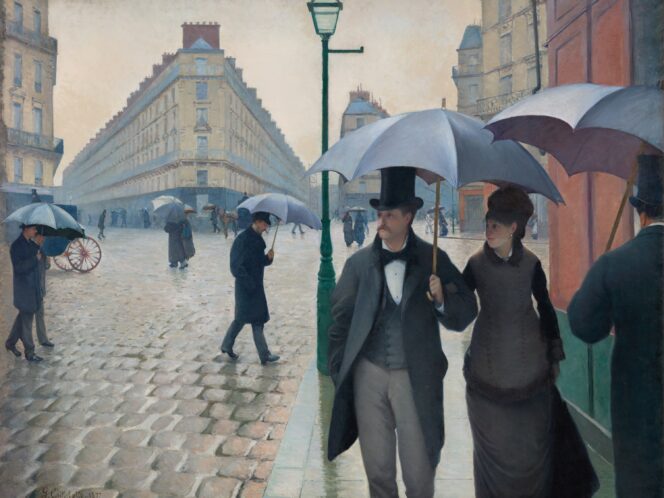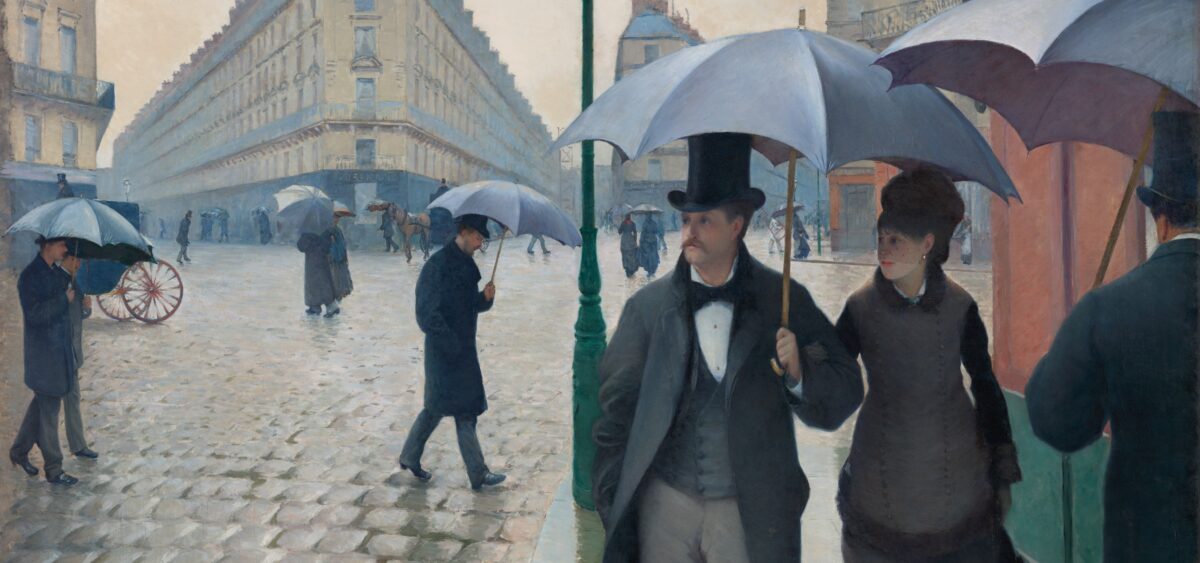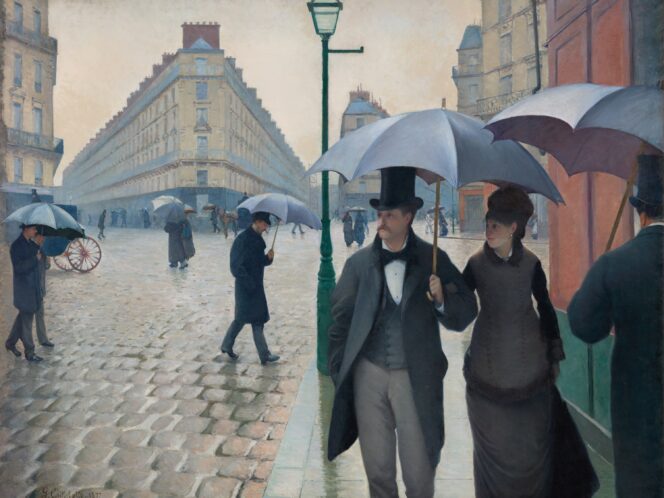
Reading time 2 minutes
Zoë Skoulding’s exploratory work as a poet and performer is inspired by European and American avant-garde traditions, as well as by feminist poetics. Her writing is lyrical and experimental, playful and seriously engaged. Skoulding’s poems explore the possibilities
